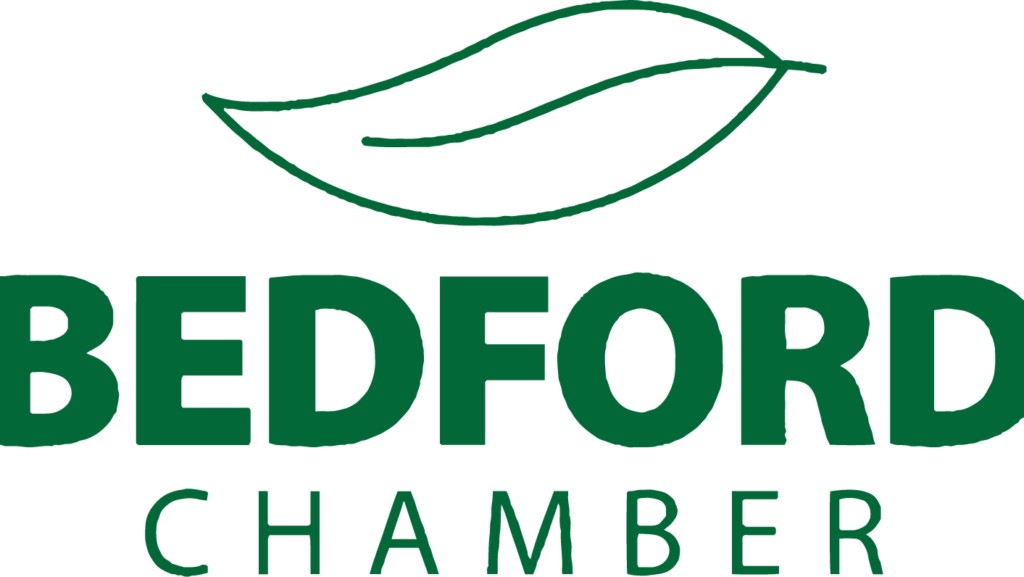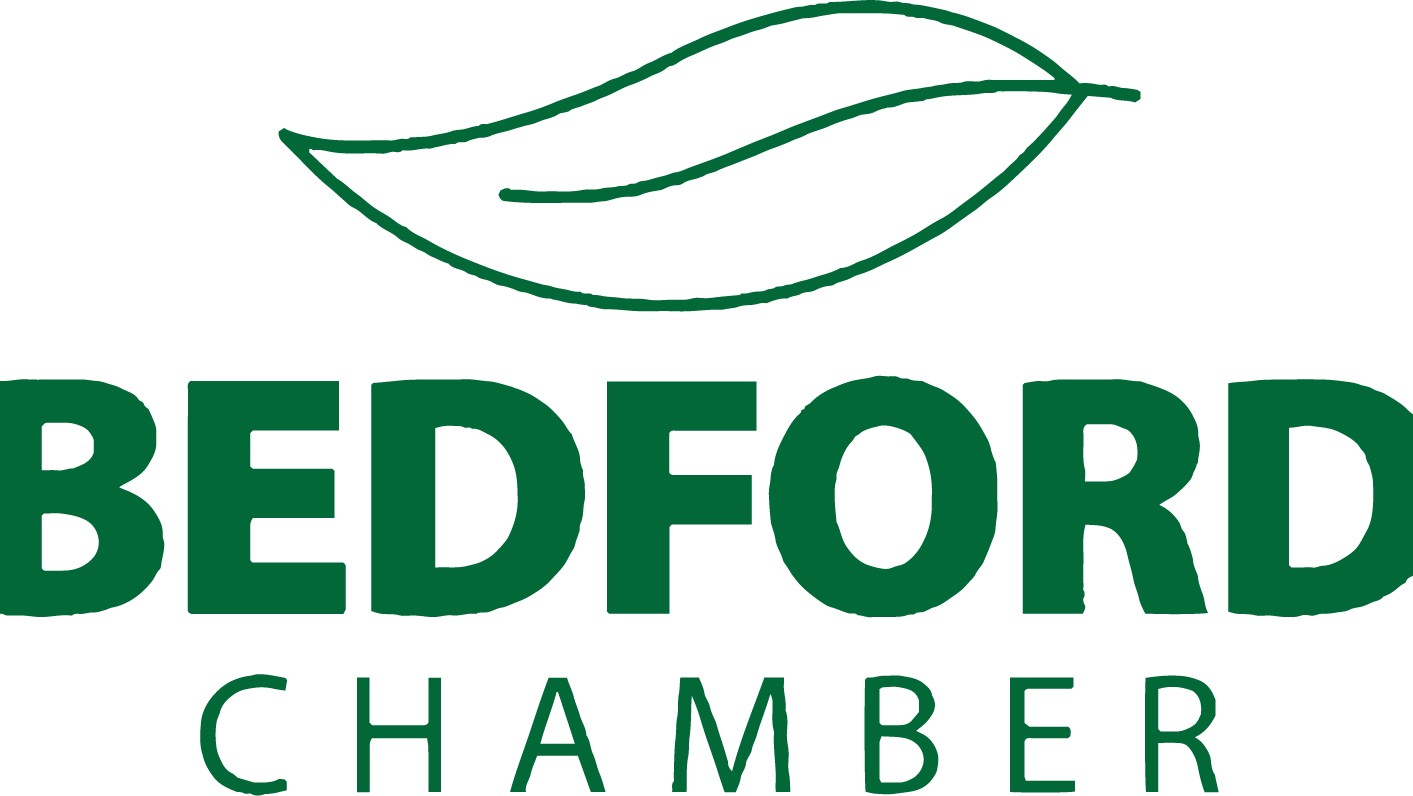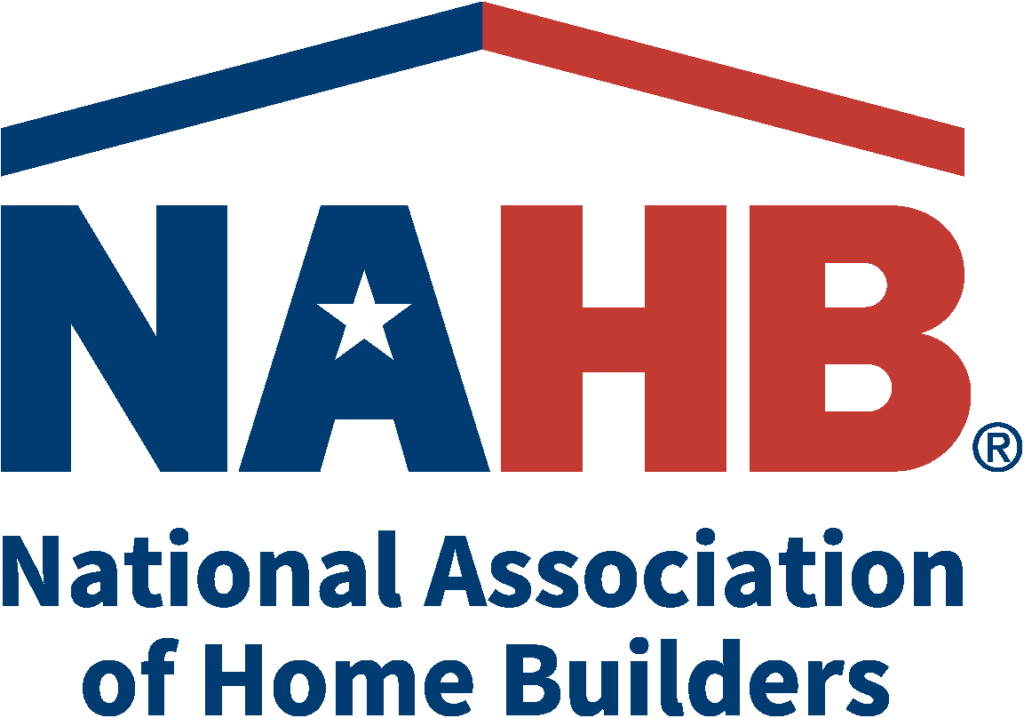- (812) 275-4656
- info@thorneshomes.com
- Mon - Fri: 9 AM to 5 PM
- Saturday 9 AM to 12 PM
How We Build
The house itself is built in the factory, but this is only one part of the story. Home building entails so much more including foundations, basements, garages and porches. We discovered through years of experience that the only way to give you a quality home is to construct them ourselves. Read on to learn more about how we build.
Foundations
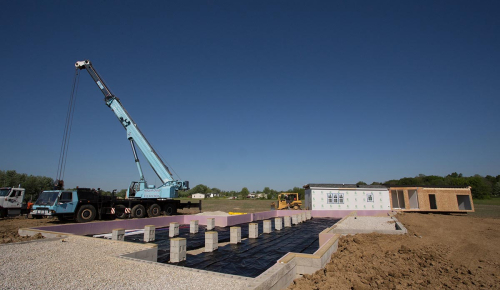
You can’t build a great house on a weak foundation. That’s why we are about to get technical.
We will dig a diagonal ditch across the foundation and install a perforated 4″ SDR pipe extending to a natural drain away from the foundation, which is filled with a #7 stone. We then dig 24″ wide and 8″ deep footers and dig down the center with center peers every 8′. Next, 2 runs of 1/2″ rebar are installed and grade stakes set at exact height approximately every 4′. The footers are poured with 4000 mix concrete and floated to the top of the grade stakes. Blocks are laid 8″ off of the edge of the footer at the exact size of foundation print 32″ high.
We install a perimeter drain around the entire exterior of the foundation to a gravity outlet and cover with #7 stone or install a sump pump. A crawlspace door and center peers are installed for access. Some crawlspaces are heated and cooled to help control humidity situations.
We install a treated 2×8 top plate with anchor bolts every 4′ and within 1′ of the end of each board. We also add 2″ of Styrofoam on the inside of the foundation and install downspout drains at each corner. We backfill the home with the dirt taken out of the crawlspace to within 12″ of the top of the blocks leaving a 6″ slope away from the foundation.
Needless to say, we make sure your house will sit comfortably for the foreseeable future.
Basements
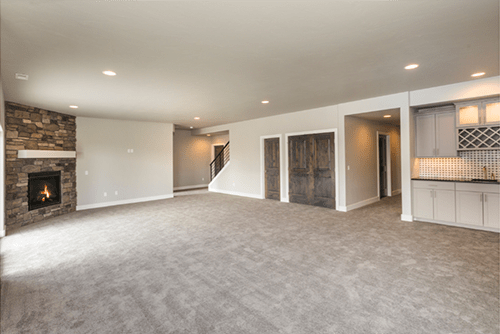
The depth of the basement will be determined by perimeter elevations and ground conditions at the bottom of the basement. Footers are usually 2′ wide and at least 8″ deep with 2 runs of rebar. On exposed walls, the bottom of the footers will be below frost level. The top of the walls will be 9′ off of footers. Wall thickness will vary depending on brick ledges and the length of straight sections and backfill pressures. Spray on waterproofing will be applied on the exterior portion of any wall that is to be backfilled.
If the walls are exposed to floor level, they may be studded out of 2×6 lumber with doors and windows to match the house. A top plate will be installed on the exterior walls with anchor bolts on 4′ intervals and within 1′ of the end of each board. Sewer lines will be installed for future toilet and main floor sewer. All water connections will come out of the ceiling of the basement. Leach drain will be installed under the floor to a gravity flow outlet.
Gravel will be under the floor. The floor will be poured at least 4″ thick. The concrete in the walls and floor will be 4000 mix or better. There will be rebar on 2′ to 3′ intervals. There will be wire mesh in the floor. There will be steps from the main floor down into the basement. There will be 6 fluorescent lights installed and also 6 receptacles. A perimeter drain will be installed outside of the basement and backfilled with #7 stone to original soil elevation.
The basement will have heating and cooling.
Porches
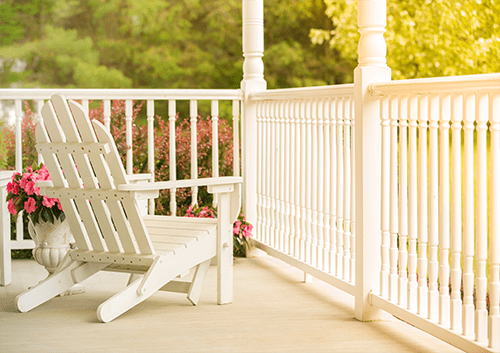
We build porches that are entirely maintenance free. Our porches are made with a concrete floor and footers that are directly attached to the basement with concrete and steel. This makes it much less likely to separate away from the house. Read on for the specifications of how we build…
Porches options vary in size depending upon the size and shape of the house. Generally, the same type of footer will be used on the porch as the foundation of the house. The floor will be a 4” broom finished concrete pad poured with 4000 mix concrete (and will be sawed for control joints). It will sit on a brick ledge of the house foundation and also on top of the 8” block on the sides and front of the porch or poured walls.
Pre-cast concrete steps are used to take you from the yard level to the porch level and there will be an 8” step from the concrete pad of the porch into the front door. Porch posts will be a vinyl covered decorative type post, normally positioned 8’ apart. There are many different styles of rails to choose from so they are not normally included in the porch price, unless specified. The roof pitch will vary from a 3/12 to 7/12 pitch depending upon design, all valleys are laced. It will have fascia, soffit, downspouts and gutters that all match the house. The ceiling will be vinyl with ceiling fan box(s) installed and wired.
Garages
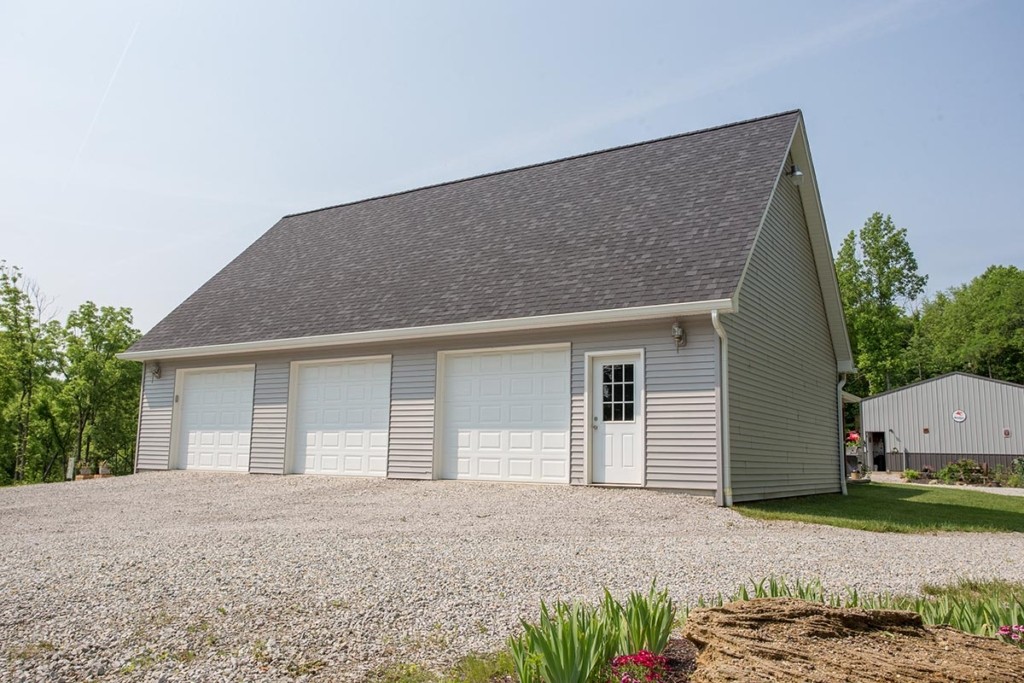
Our Optional Garages will be studded on 16″ centers with 2×4 studs with R11 Fiberglass insulation in the walls and blown in insulation in the ceiling. There will be 1 walk through door and two 9′ electric garage doors. There will be 2 windows and four fluorescent lights on three way switches and at least 2 exterior lights. The walls will be drywalled, finished and primed with electrical outlets spaced 6 ft. apart, with GFI protection. The foundation of the Garage will be a minimum of 32″ deep and the 4″ floor will be within 8″ of the house floor with a drain going to the outside.
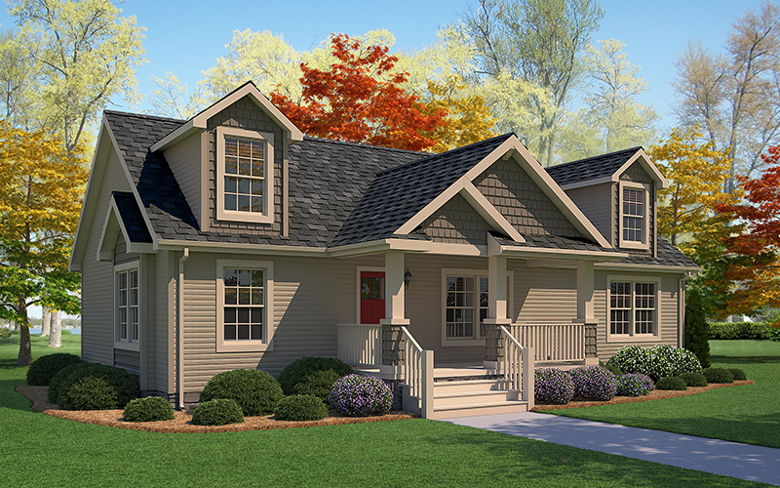
Ranch Style
A single floor home packs plenty of great features into one level. Ranch floor plans are open and inviting with no need to trudge up stairs.
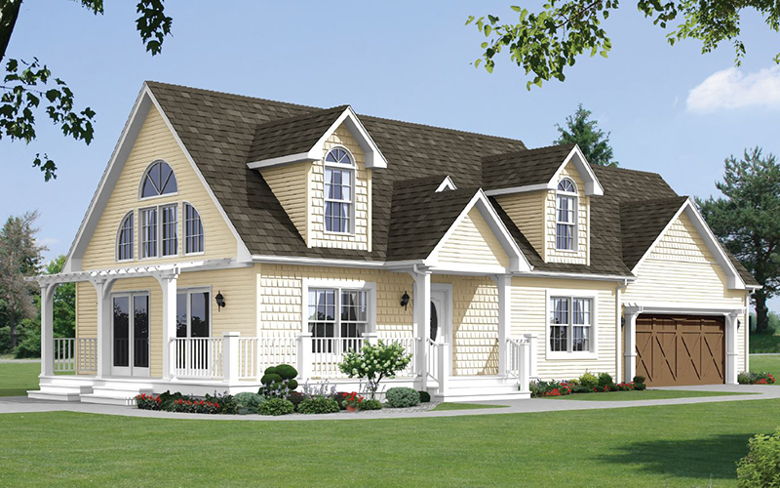
Cape Cod Features
Cape Cod homes are distinguished in style by higher pitched roofs, which create habitable second story living areas. They are the quintessential American home filled with charm and practicality.
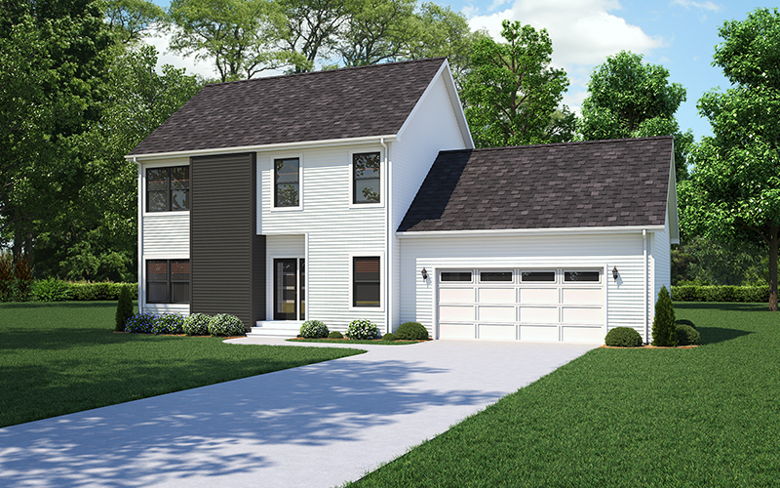
Standard Two Story
Two Story homes have the various standard features that come with every Rochester modular home, just on a larger scale for you and your family.
Contact Us
Contact Us
(812) 275-4656
tmh@thorneshomes.com
Mon – Fri: 9 AM to 5 PM
Saturday 9 AM to 12 PM
Follow Us
Site Links
Floor Plans
Contact Us
- (812) 275-4656
- tmh@thorneshomes.com
- Mon - Fri: 9 AM to 5 PM
- Saturday 9 AM to 12 PM

